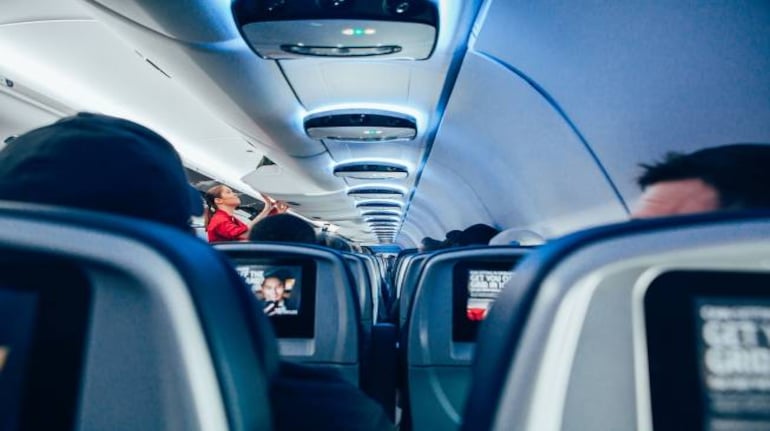While IndiGo carried 16.82 lakh passengers, a 59.4 percent share of the total domestic market, SpiceJet flew 3.91 lakh passengers, which is 13.8 percent share of the total market, the DGCA data noted.
A total of 28.32 lakh domestic passengers travelled by air in August this year, 76 percent lower than the corresponding period last year, aviation regulator DGCA said on Wednesday.
While IndiGo carried 16.82 lakh passengers, a 59.4 percent share of the total domestic market, SpiceJet flew 3.91 lakh passengers, which is 13.8 percent share of the total market, the DGCA data noted.
These two airlines were followed by Air India, AirAsia India, Vistara and GoAir at 2.78 lakh, 1.92 lakh, 1.42 lakh and 1.33 lakh passengers respectively in August, the data showed.
As many as 21.07 lakh people travelled by air domestically this July, the regulator had said last month.
related news
The occupancy rate or load factor for five out of six major Indian airlines was between 58 and 69 percent in August, it said on Wednesday.
"The passenger load factor in the month of August 2020 has shown some recovery due to increased demand after the opening of lockdown," said the Directorate General of Civil Aviation (DGCA).
The occupancy rate in SpiceJet was 76 percent in August, the regulator noted.
However, the occupancy rate for other major airlines Vistara, IndiGo, AirAsia India, GoAir and Air India stood at 68.3 percent, 65.6 percent, 64.4 percent, 61 percent and 58.6 percent, respectively, according to the DGCA.
India resumed domestic passenger flights on May 25 after a gap of two months due to the coronavirus pandemic. Indian airlines are allowed to operate a maximum of 60 percent of their pre-COVID domestic flights.
A total of 19.84 lakh passengers travelled domestically in June this year. Between May 25 and May 31, 2.81 lakh air passengers had travelled domestically, the DGCA noted.
Follow our LIVE blog for the latest updates of the novel coronavirus pandemic
The DGCA data mentioned that in August, IndiGo had the best on-time performance of 98.5 percent at four metro airports - Bengaluru, Delhi, Hyderabad and Mumbai.
AirAsia India and Vistara were at number two and three at these four airports with 97.6 percent and 95.9 percent on-time performance, respectively, the regulator said.
Vistara and Air India cancelled 14.99 percent and 12.05 percent of their flights in August, the DGCA mentioned.
The aviation sector has been significantly impacted due to the travel restrictions imposed in India and other countries in view of the coronavirus pandemic.
All airlines in India have taken cost-cutting measures such as pay cuts, leave without pay and firings of employees in order to conserve the cash flow.
Follow our full coverage of the coronavirus pandemic here.